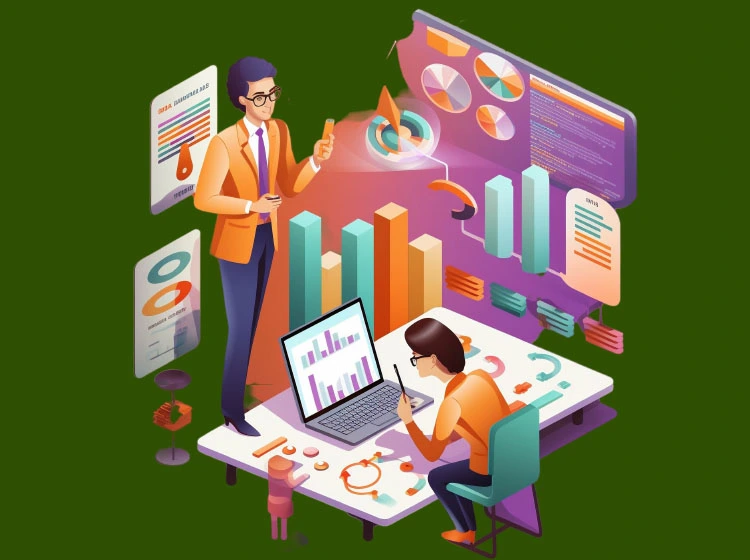HR analytics is poised to evolve significantly, leveraging advancements in technology and data analytics methodologies to provide deeper insights into various aspects of workforce management. HR analytics are becoming more sophisticated in providing insights into workforce trends, employee sentiment, and performance, ultimately informing recruitment, talent management, and succession planning. In contrast, predictive analytics are used to forecast future workforce trends or talent needs and turnover rates.
HR analytics is more than data analysis. It is an analytical tool that supports informed decision-making in workforce management by collecting, analyzing, and interpreting workforce data to identify trends and corrections. With the right organizational strategy in place, it can deliver insights for developing any strategy concerning the workforce. Analytics also offer insights into employee sentiment and enable employee performance assessments.
Transforming Decision-Making in Human Resources with Analytics
The HR function has transformed over the last decade with new technologies. The transformation is not complete because technology continues to advance, becoming more sophisticated in its ability to support HR strategy and management. A good example is the IBM workforce planning analytics program, which uses artificial intelligence (AI) to improve decision-making and implement workforce planning strategies. It does much more than produce analytics because AI and machine learning generate insights and predictions based on analytics and “what-if” scenarios.
Login Here

